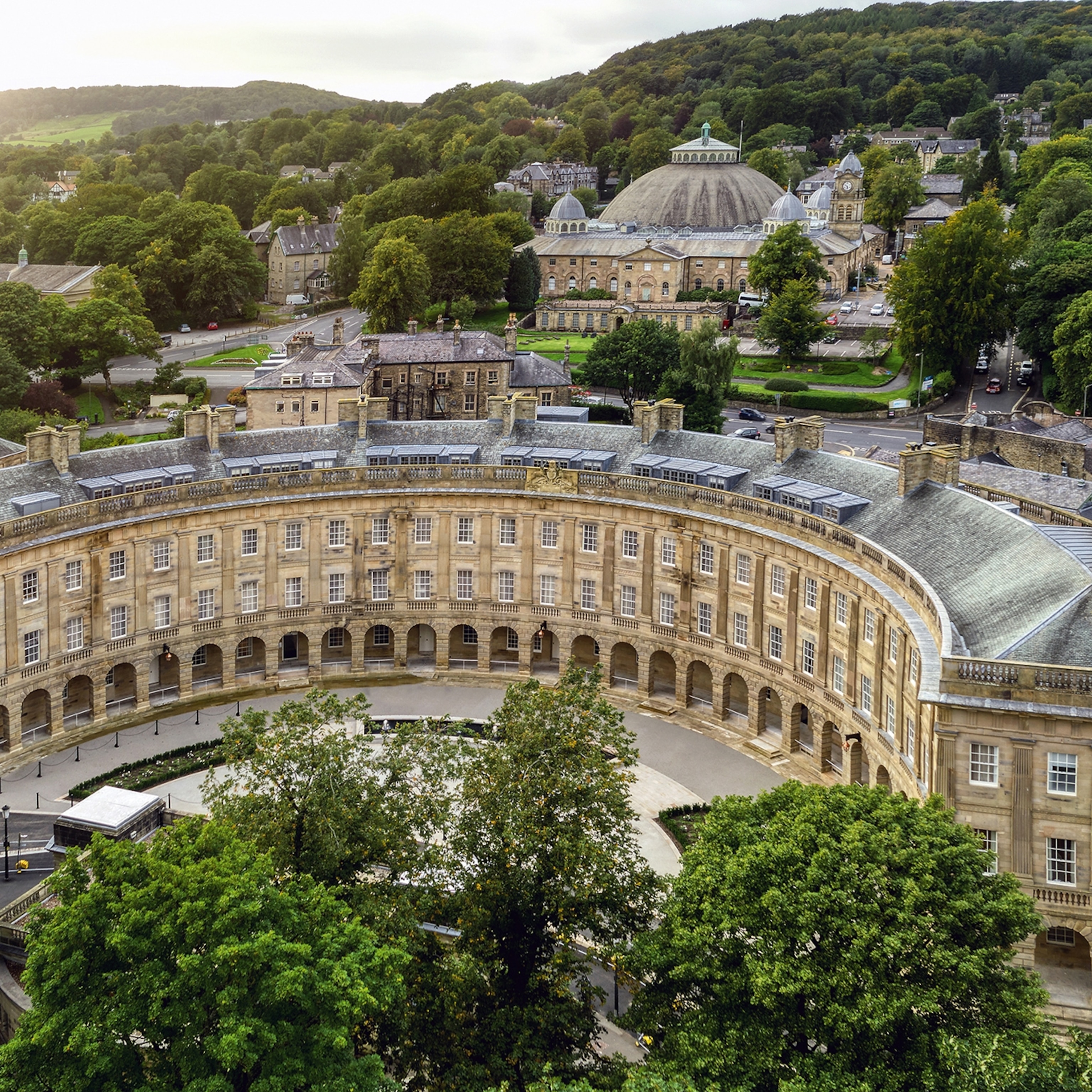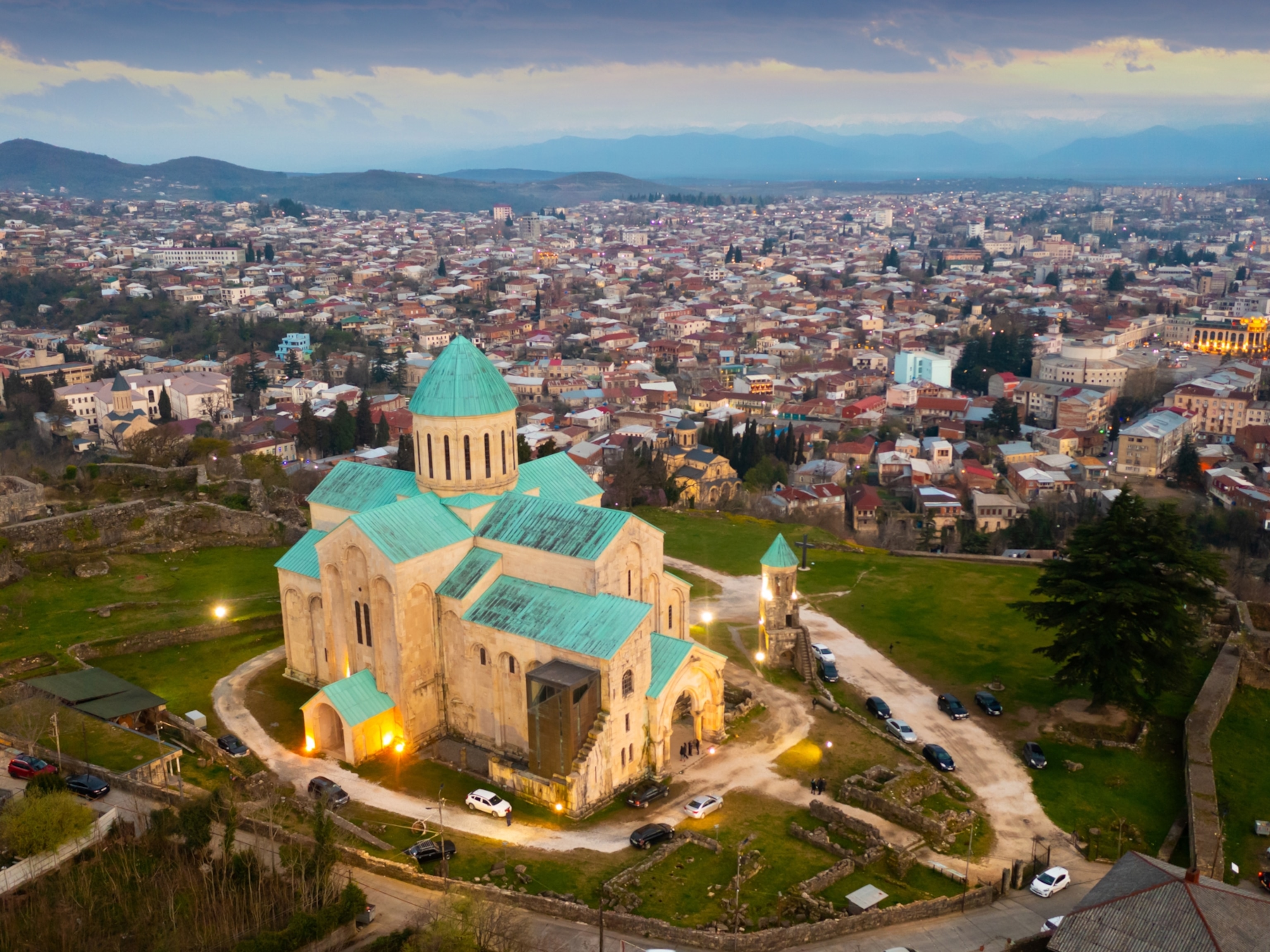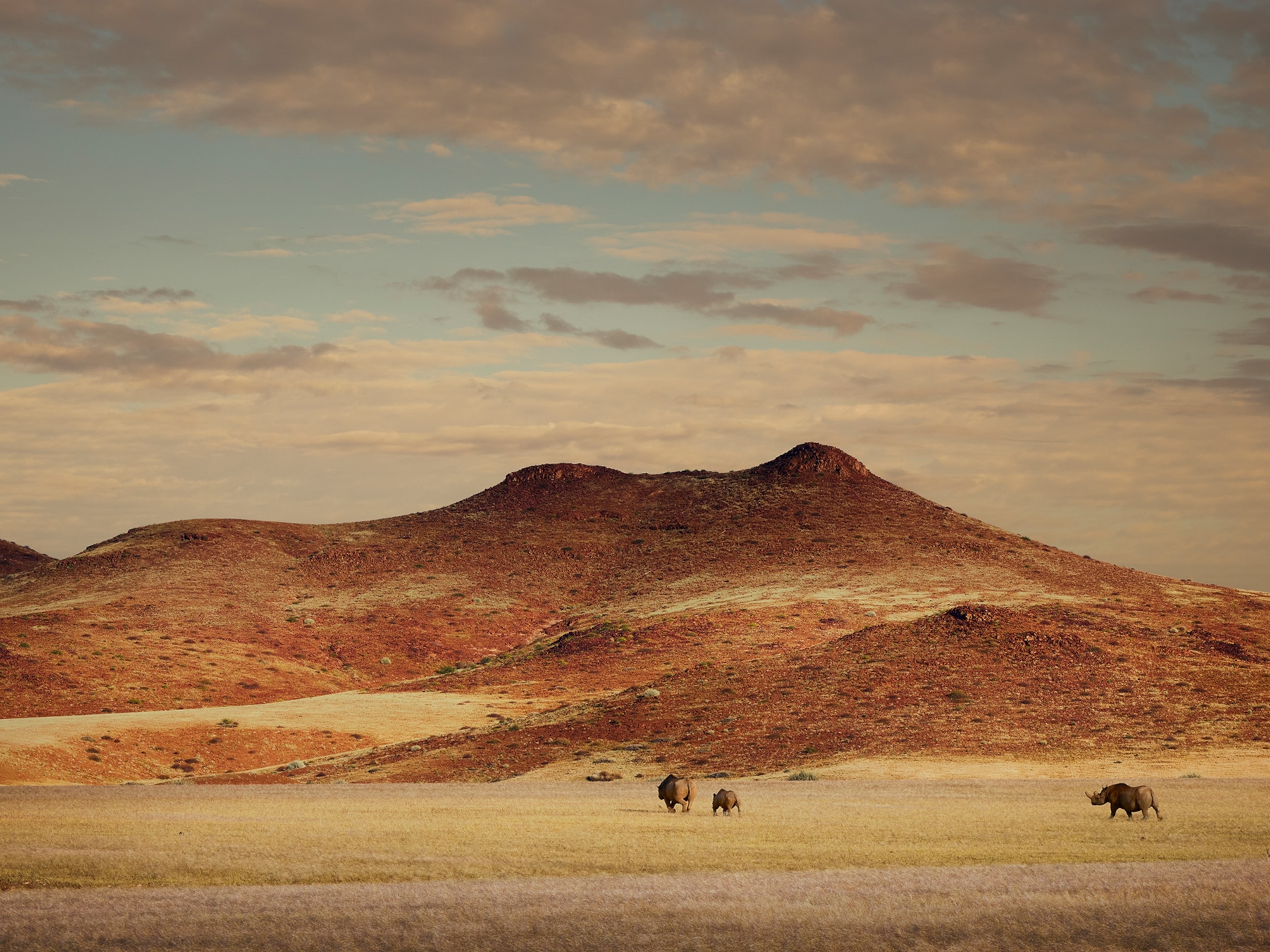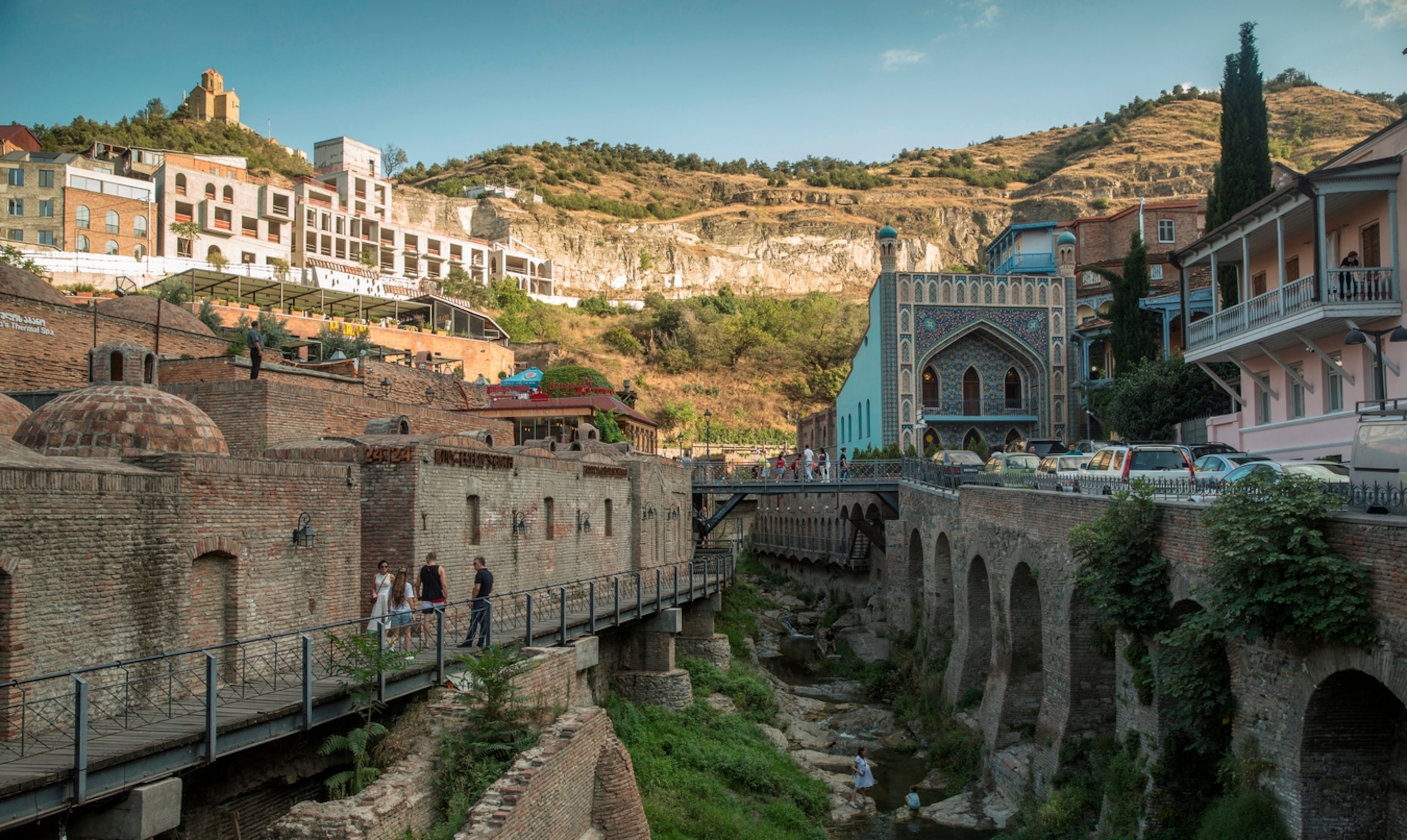
Make tracks in Georgia
Seven days to head from the mountains to seaside in one of the world's most diverse countries.
From the snow-capped Caucasus mountains to the balmy Black Sea, from the rolling vineyard-dotted hills of Kakheti to the rocky cliffs of Samtskhe-Javakheti, Georgia is one of the most ecologically diverse countries in the world: a place where you could wake up and go skiing in the town of Gudauri at breakfast-time, have lunch in the nation’s capital, Tbilisi, and still make it to the Adjarian seaside coast for a fish dinner. With an efficient bus and train system, and cheap and plentiful intercity taxis, Georgia is remarkably easy to get around, making it possible to see much of this 27,000 square mile country in a one-week voyage. While Georgia is diverse enough to easily merit a full month’s journey, it’s possible to see the country’s major sites in a week or more.
Day One: Tbilisi
Start your trip in the nation’s capital, a thriving city of 1.1 million people. Architecturally and culturally diverse — the onetime Silk Road city has been influenced by Persians, Mongols, Arabs, and Russians over the centuries, while still maintaining a distinct character all its own — Tbilisi is currently undergoing a cultural and culinary renaissance. Take an architecture tour or self-guided long walk through the Old Town, or the art nouveau neighborhood of Sololaki, before stopping at the natural sulfur baths of the Abanotubani neighborhood for a dip (and maybe a massage) in one of the ornately tiled private rooms or climbing up to the 4th century Narikala Fortress, overlooking the Old Town. Then head to dinner at one of the city’s up-and-coming “New Georgian” restaurants, like Café Littéra in Sololaki.
(From grape to glass: discover Georgian wine and culture in Kakheti)
Day Two: Mtskheta, then return to Tbilisi

Take a taxi or bus to the old Medieval capital of Georgia: Mtskheta, a 30-minute drive north of the city. Immaculately restored, Mtskheta is the home of one of Georgia’s most iconic monuments: the massive Svetitskhoveli Cathedral. Completed in 1029, the church is filled with dazzling and well-preserved frescos (and is said to house a piece of Christ’s mantle). The bustling souvenir market in Mtskheta is also one of the best (and cheapest) places to pick up examples of Georgian craftsmanship and produce, including ceramics, enameling, and (of course) great local wine.
Then head back to the city for another half-day of sightseeing. Focus on the hipster neighborhood of Vera: now home to the city’s most iconic bohemian venues, such as the cocktail bar at Rooms Hotel, the restaurant Keto and Kote, and the labyrinthine “N1 Wine Factory,” which boasts numerous high-end and innovative Georgian bars and restaurants.


Day Three: Take a Day Trip to Kakheti
No trip to Georgia is complete without a visit to the eastern wine region of Kakheti. Georgia has a claim to be the “birthplace of wine” — and their local kvevri method (aging wine in buried terra-cotta jugs, rather than wooden barrels) gives their wine a distinctive flavor (and orange color). Hire a local driver through your hotel (or negotiate with those idling at Isani bus station) and spend a day hopping between wineries (check out the rustic Twins Old Cellar, which also boasts a winemaking museum, or the bohemian Chateau Mere), Medieval monasteries (Bodbe, Ikalto, and Nekresi are among the region’s most famous), and palaces like Tsinandali: a fantastic 19th century estate-turned-winery famous for its intellectual guests (Lermontov was a frequent visitor) as well as for the quality of its contemporary label. Stay overnight at the new Radisson Tsinandali, or return to Tbilisi.
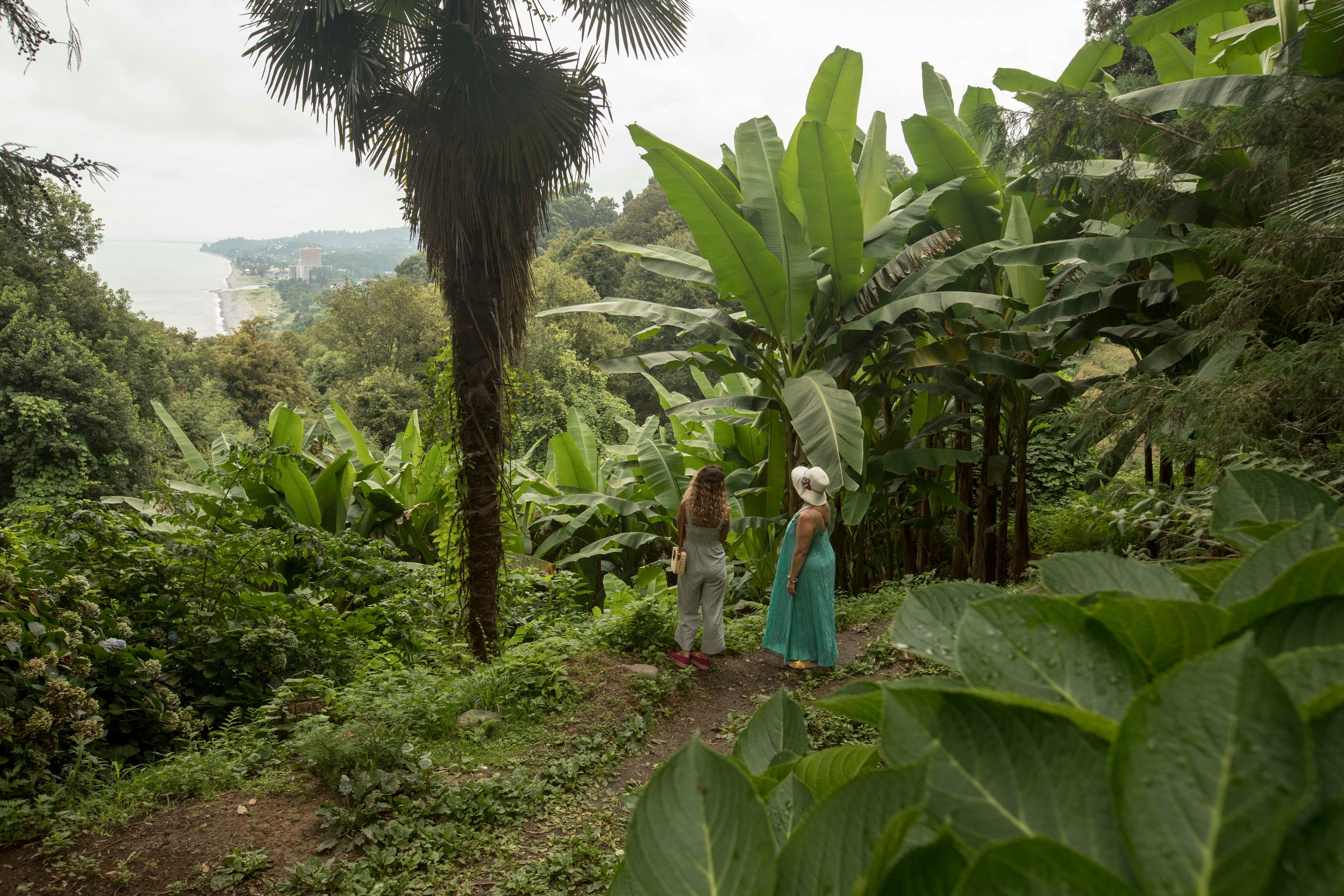
Day Four: Head West
Take a quick hour long flight from Tbilisi to Batumi, the Black Sea capital. While the city’s art nouveau architecture makes it well worth a visit, the Black Sea’s natural beauty is more easily visible from the sprawling Batumi Botanical Gardens, located about a half-hour north of the city center. Spend a few hours wandering the grounds (and sneak in a swim if you can make it to the half-hidden beach) before heading north to the ruins of Petra, a well-preserved early Byzantine-era town. Then return to Batumi for dinner (try the famous Black Sea mussels at elegant standby Fanfan) and sleep.

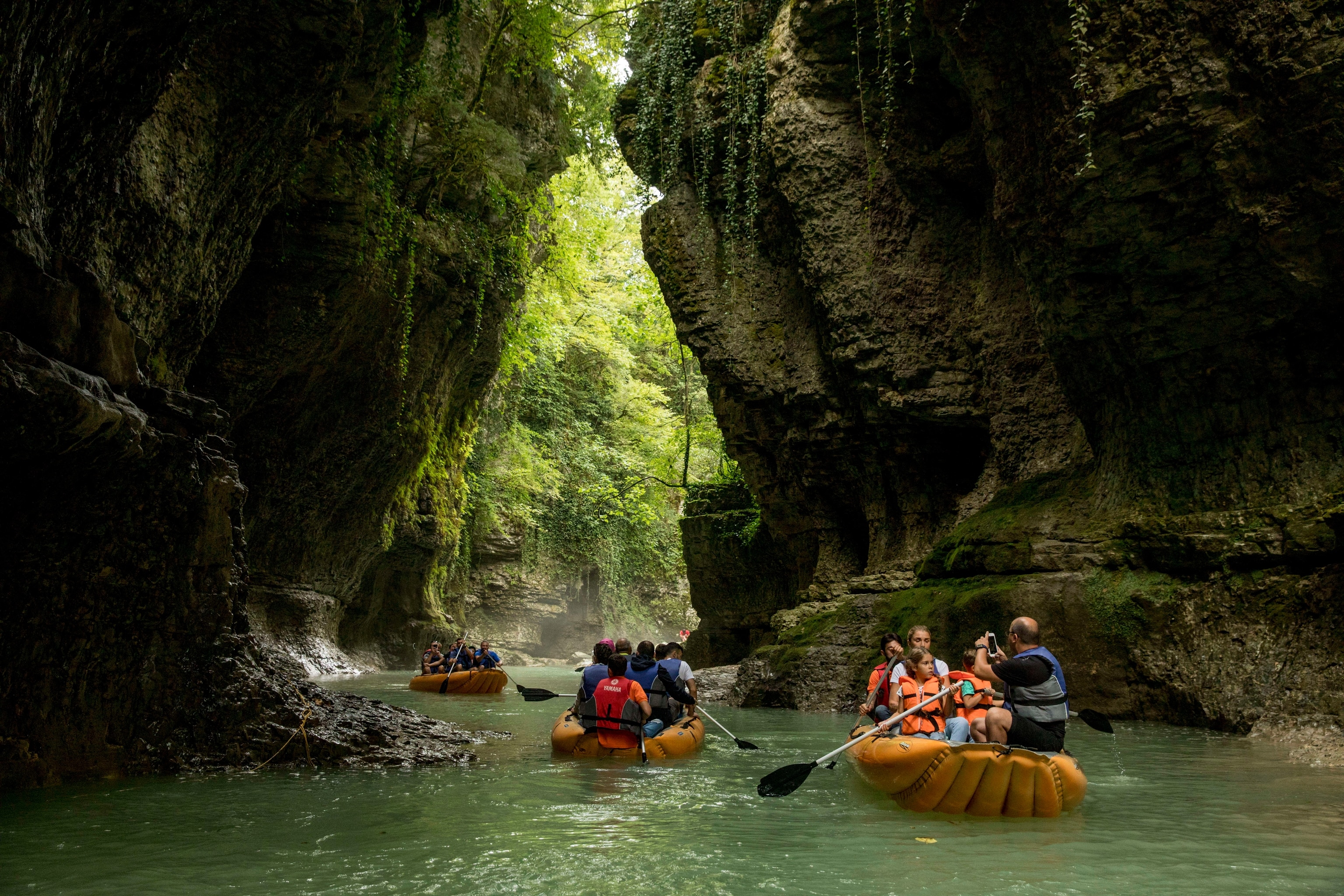
Days Five and Six: Go North — or South
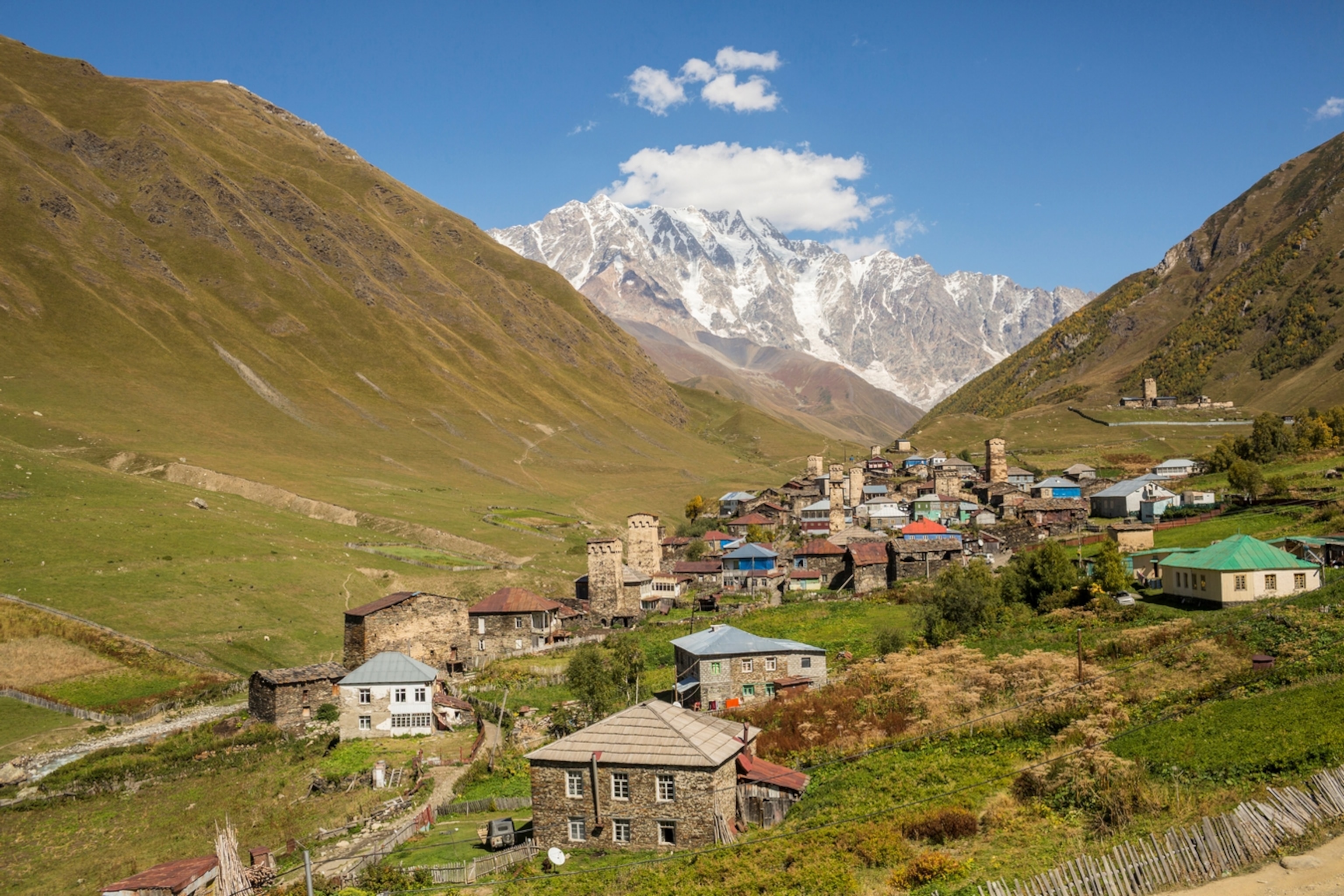
For your final days in Georgia, you have a choice to make. Either head back to Tbilisi via an overnight stay in Svaneti — one of Georgia’s most stunning highland regions — or trek through the less-visited, but no less fascinating, provinces of Guria and Samegrelo, known for tea plantations, mid-century spa towns, and famously delicious regional food. If you take the former option, take a five-hour taxi or minibus to Mestia — effectively the “base camp” of the Svaneti region, where Medieval stone towers stand aside new-built chalet-style luxury hotels — where you can either hike in the area or spend the day driving to Ushguli: among the highest inhabited villages in Europe. Daily flights run in good weather between Mestia and Tbilisi (but be sure to book well in advance; they fill up quickly).
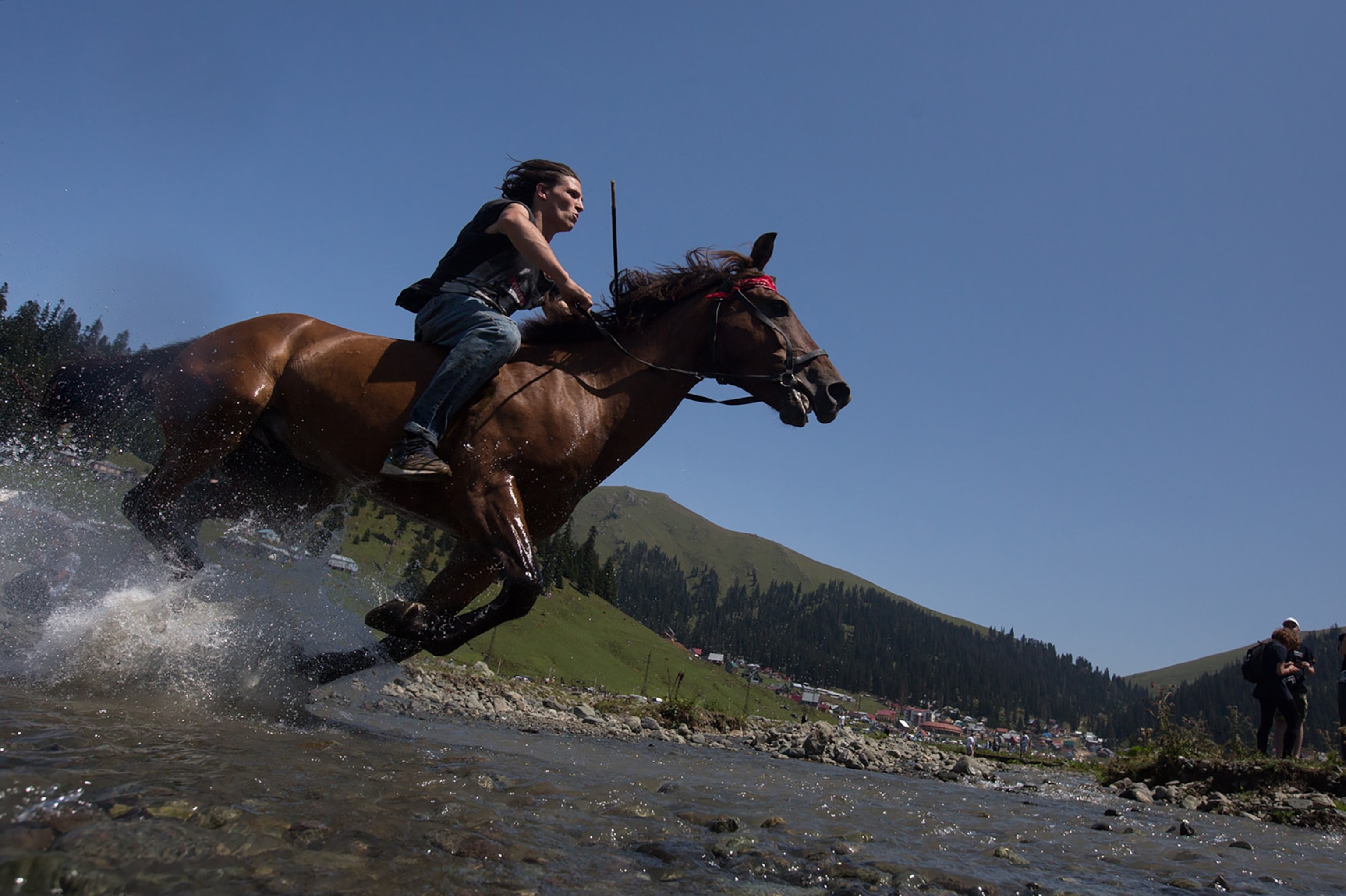
If you prefer to take the southern route back, drive or bus from Batumi to the alpine resort town of Bakhmaro. Visit local festivals or horse shows if you can (Guria is famous for its athletic riders) or just enjoy the fresh air and peaceful atmosphere.
Spend a night in a Bakhmaro spa-hotel before heading home the next day to Tbilisi via some of the most iconic sites of the Samegrelo region: including the stunning Martvili canyon, where the royal Dadiani family used to summer. Be sure to visit the monastery next door: constructed between the 14th and 17th centuries. If you’re feeling brave (and warm), take a white-water rafting tour of the canyon.
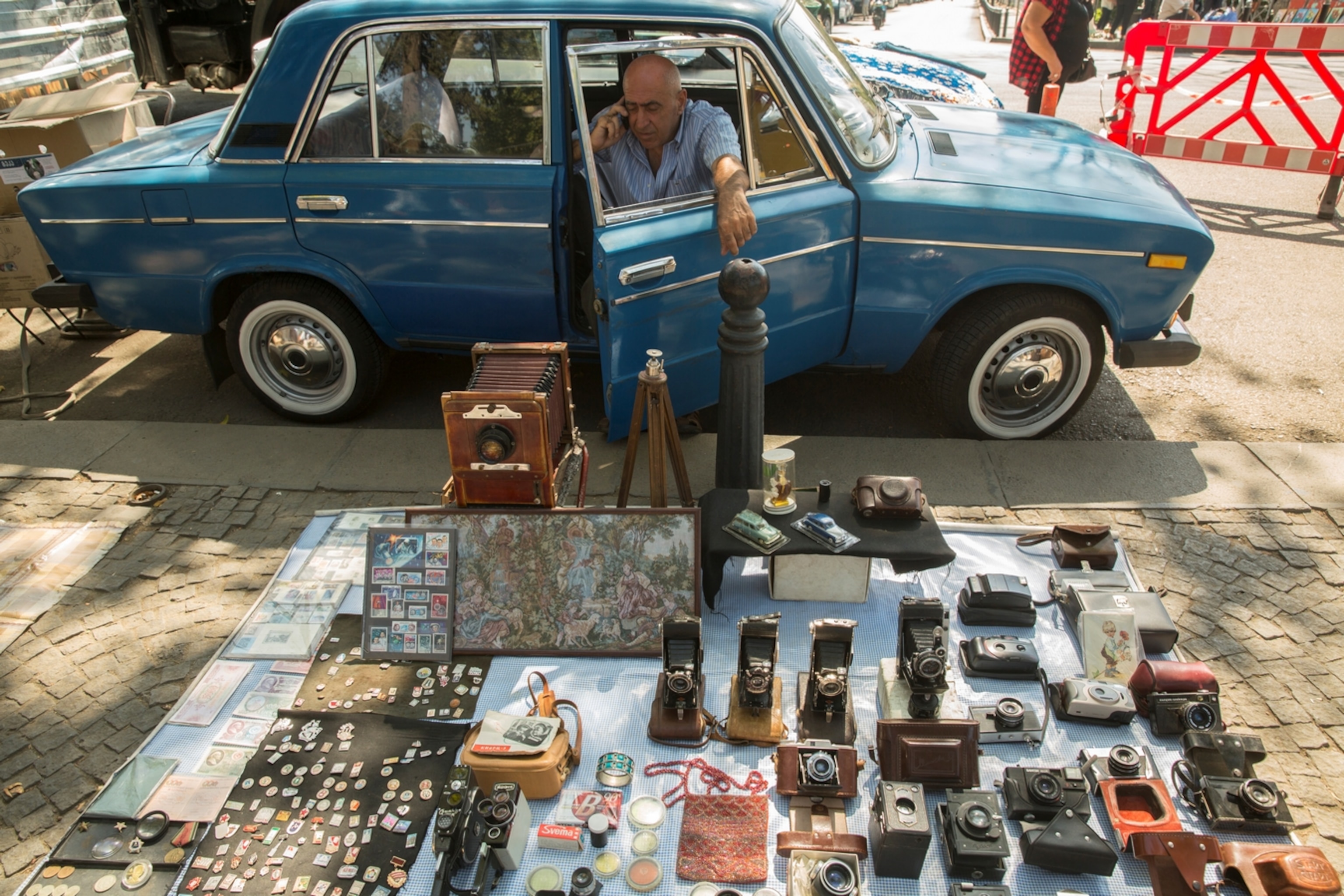

Day Seven: Tbilisi

Spend a relaxing final day in Tbilisi at the Dry Bridge, the city’s best flea market, where you can pick up anything from 19th century miniatures to vintage postcards, before heading to lunch on the city’s Left Bank at Shavi Lomi (Black Lion), a storied local restaurant known for its shabby-chic bohemian design.
While you’re there, stop by Fabrika — a former sewing factory turned hostel-bar-restaurant-co-working-space (and the city’s de facto headquarters for young artists and writers). Or check out what's on offer at the Rustaveli Theatre or the recently-renovated opera house down the street — two of Tbilisi's oldest cultural institutions.
Then return to your hotel room for a well-deserved rest before heading to the airport.

